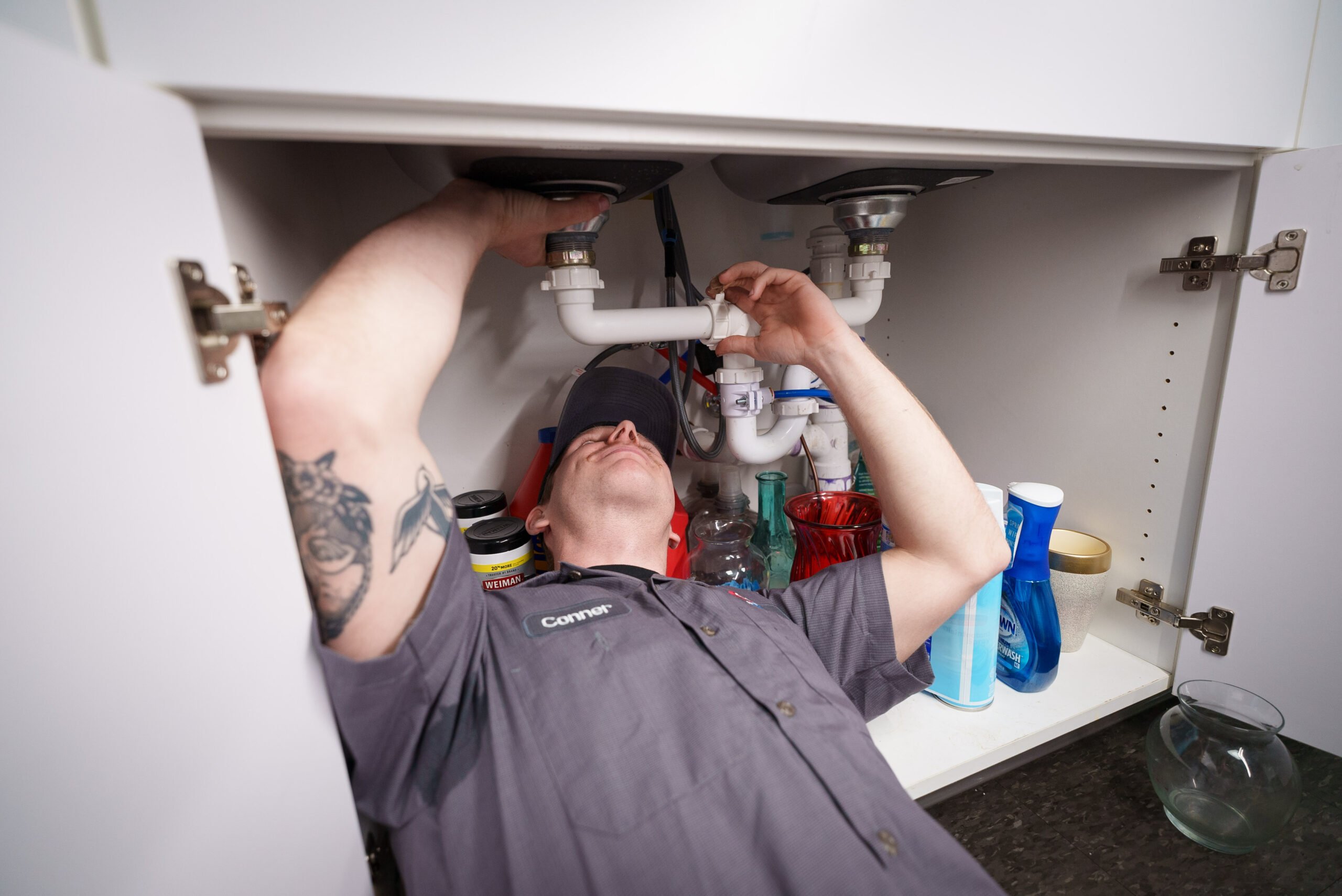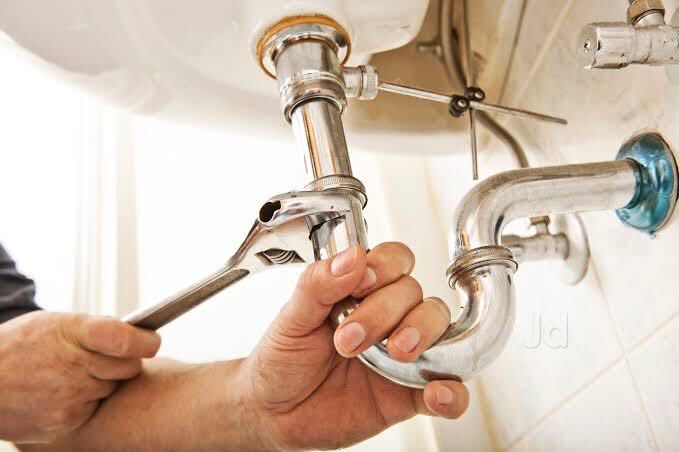In today’s world, where sustainability and eco-friendliness have become paramount, low-flow faucets and showers for new builds are gaining significant attention. As homeowners and real estate developers strive to create more environmentally conscious spaces, these fixtures play a crucial role in reducing water consumption and promoting energy efficiency. The importance of incorporating low-flow faucets and showers in new constructions cannot be overstated. Let’s dive into the myriad benefits and considerations surrounding this innovative choice.

The Rise of Low-Flow Fixtures
The concept of low-flow faucets and showers isn’t entirely new, but their popularity has surged in recent years. As more individuals become aware of the environmental impact of excessive water use, there’s been a shift towards more sustainable living practices. Read more about plumbing installation tips.
What Are Low-Flow Fixtures?
Low-flow fixtures are designed to use less water without compromising performance. By incorporating advanced aerator technology, these fixtures can maintain water pressure while significantly reducing water usage. This makes them an attractive option for both homeowners and developers looking to minimize their environmental footprint.
Environmental Impact
The adoption of low-flow faucets and showers in new builds is part of a larger movement towards sustainable construction. By reducing water consumption, these fixtures help conserve precious resources and reduce the overall environmental impact of a building. This aligns with broader goals of achieving net-zero emissions and promoting green building practices.
Benefits of Low-Flow Faucets and Showers
The advantages of integrating low-flow fixtures into new builds extend beyond environmental benefits. Here are some key advantages:
1. Cost Savings
One of the most compelling reasons to choose low-flow faucets and showers is the potential for cost savings. By reducing water usage, homeowners can see a significant decrease in their utility bills. Over time, these savings can offset the initial investment in these fixtures.
2. Enhanced Energy Efficiency
In addition to conserving water, low-flow fixtures contribute to energy efficiency. By using less hot water, they reduce the demand on water heaters, leading to lower energy consumption and a smaller carbon footprint.
3. Compliance with Regulations
Many regions are implementing stricter water usage regulations in response to water scarcity concerns. Incorporating low-flow faucets and showers in new builds ensures compliance with these regulations, avoiding potential fines and penalties.
Considerations for Homeowners and Developers
Before selecting low-flow fixtures for a new build, there are several factors to consider to ensure they align with the goals and requirements of the project.
1. Performance and Comfort
While low-flow fixtures are designed to maintain water pressure, some individuals may have concerns about performance. It’s essential to choose high-quality fixtures that provide a comfortable experience without compromising water flow.
2. Aesthetic Appeal
Modern low-flow faucets and showers come in a variety of styles and finishes, allowing homeowners and developers to find options that match their design preferences. It’s important to consider the overall aesthetic of the space when selecting these fixtures.
3. Long-Term Durability
When investing in low-flow fixtures, durability is a key consideration. Choosing reputable brands and high-quality materials ensures that these fixtures will stand the test of time and continue to perform efficiently.
Installation Tips for New Builds
Proper installation is crucial to maximizing the benefits of low-flow faucets and showers. Here are some tips for successful installation:
1. Engage Professional Plumbers
Hiring experienced plumbers for the installation process is essential. Professionals can ensure that the fixtures are installed correctly, minimizing the risk of leaks or performance issues. Learn more about plumbing requirements.
2. Regular Maintenance
To maintain optimal performance, regular maintenance is essential. This includes checking for leaks, cleaning aerators, and ensuring that all components are functioning correctly.
3. Integration with Smart Home Systems
For those seeking to incorporate technology into their homes, consider integrating low-flow fixtures with smart home systems. This allows for remote monitoring and control, enhancing convenience and efficiency.
Case Studies: Successful Implementations
Several new builds have successfully integrated low-flow faucets and showers, demonstrating the viability and benefits of these fixtures. Let’s explore some real-world examples:
1. Eco-Friendly Community Development
In a recent community development project, all homes were equipped with low-flow fixtures. This initiative resulted in significant water savings for residents, reduced utility costs, and positive feedback from homeowners.
2. Luxury Green Building
A luxury apartment complex incorporated low-flow faucets and showers as part of its sustainability strategy. The project not only met environmental targets but also attracted eco-conscious tenants who valued the commitment to sustainability.
The Future of Low-Flow Fixtures
As technology continues to evolve, the future of low-flow faucets and showers looks promising. Ongoing advancements in aerator technology, smart integration, and materials science are likely to enhance the performance and appeal of these fixtures even further.
1. Innovations in Aerator Technology
Future developments in aerator technology are expected to further improve water flow and pressure, making low-flow fixtures even more appealing to a broader audience.
2. Integration with Sustainable Building Practices
As sustainability remains a top priority in construction, low-flow faucets and showers will continue to play a significant role in achieving green building certifications and meeting environmental standards. Explore DIY plumbing tips.
Conclusion
Incorporating low-flow faucets and showers for new builds is a smart choice for homeowners and developers committed to sustainability. These fixtures offer a range of benefits, from cost savings and energy efficiency to compliance with regulations and reduced environmental impact. By embracing this sustainable technology, we can contribute to a greener future while enjoying the advantages of modern living.

FAQs
1. Are low-flow faucets and showers worth the investment?
Yes, they offer long-term cost savings and environmental benefits, making them a wise investment for any new build.
2. Do low-flow fixtures compromise water pressure?
No, modern low-flow fixtures are designed to maintain water pressure while using less water.
3. Can low-flow fixtures be installed in older homes?
Yes, they can be retrofitted into existing homes, although professional installation is recommended for optimal performance.
This article contains affiliate links. We may earn a commission at no extra cost to you.




